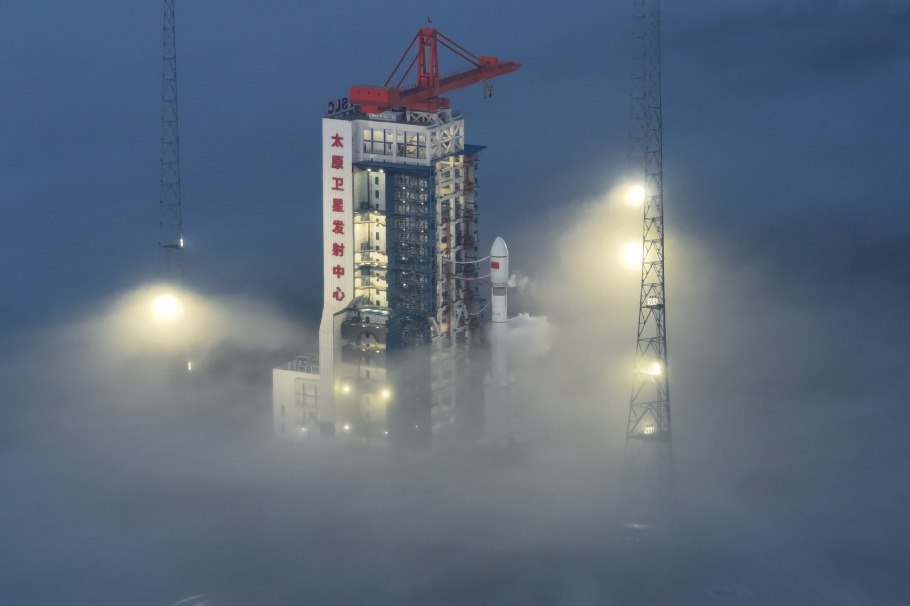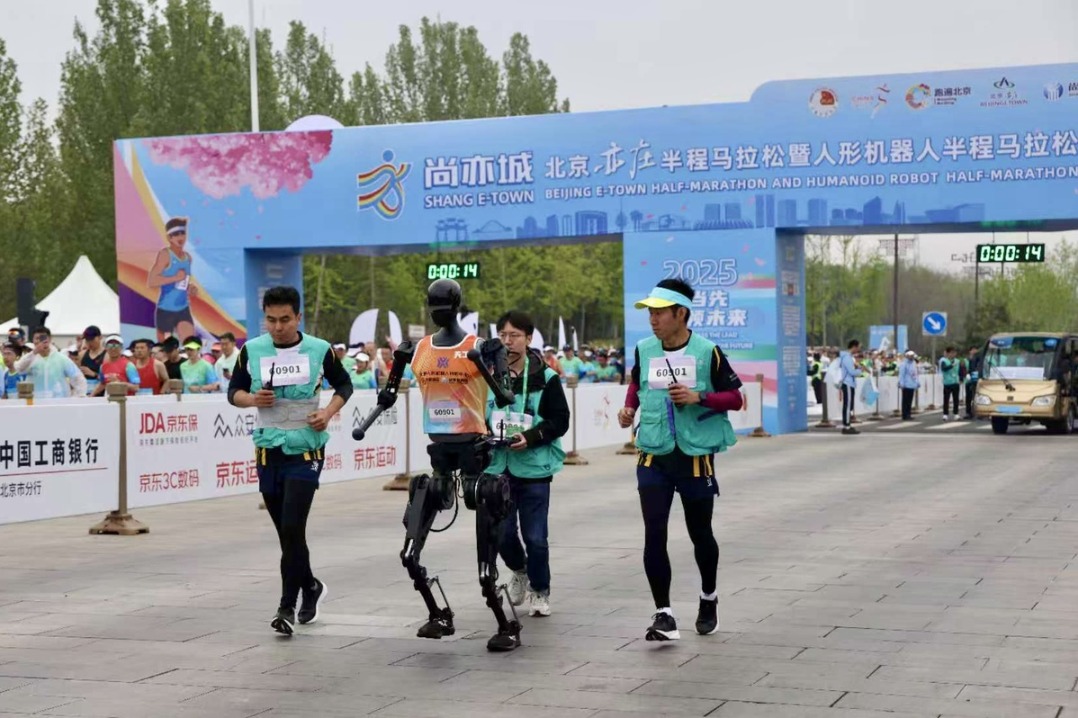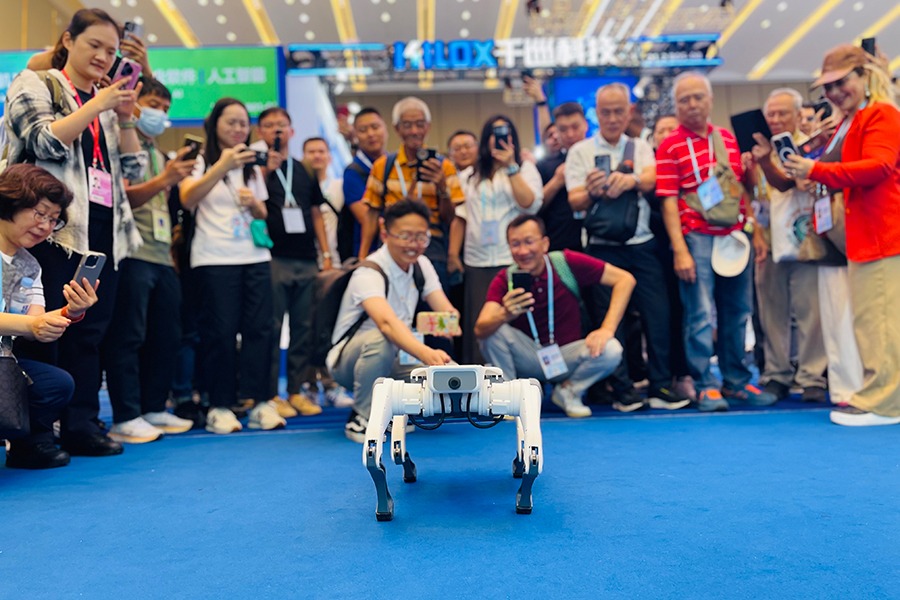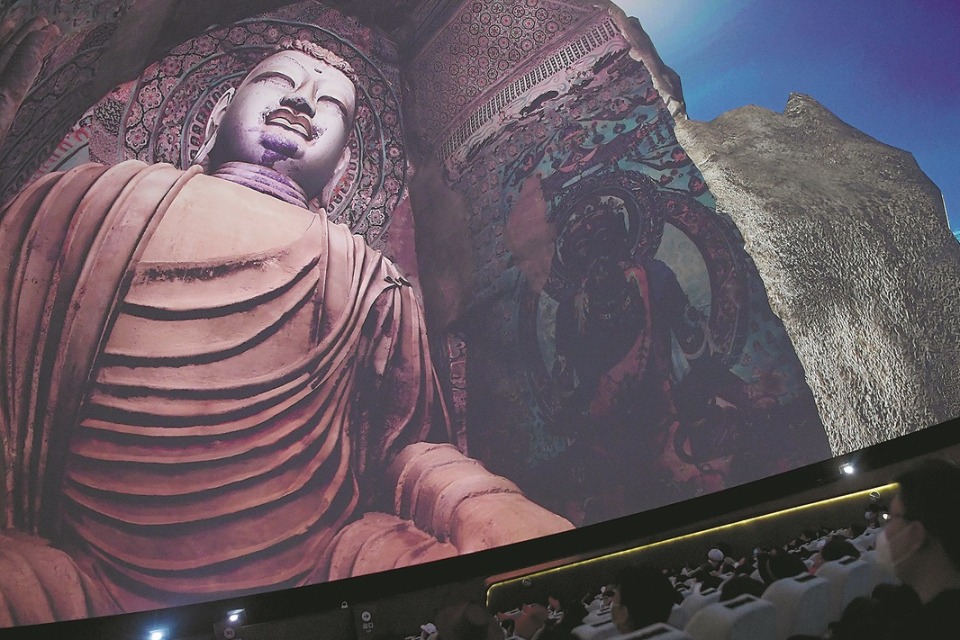Cultural diplomacy powerful bridge


Chinese President Xi Jinping's visit to Vietnam, Malaysia and Cambodia has attracted global attention not only to the strategic dialogues but also to the subtle yet vital dimension of cultural diplomacy between China and Southeast Asia.
While geopolitical and economic factors remain the pillars of China and the Association of Southeast Asian Nations, it is becoming increasingly evident that the enduring strength of this relationship lies in people-to-people and cultural exchanges, and shared narratives.
And President Xi's visit to the three Southeast Asian countries provides an invaluable opportunity to boost China's soft power and deepen relations with ASEAN societies.
China and Southeast Asia share more than just geographical proximity. From the ancient Maritime Silk Road to the flourishing Chinese communities across Malaysia, Vietnam and Cambodia, cultural integration predates modern diplomacy.
Southeast Asia hosts nearly 30 million people of Chinese origin, the largest overseas Chinese population, serving as living bridges between China and Southeast Asia, embodying both shared heritage and unique local adaptation.
President Xi's visit to the three Southeast Asian countries comes at a transformative time. China and Malaysia have elevated their relationship to a comprehensive strategic partnership, while Vietnam and Cambodia have reaffirmed their enduring cooperation with China under the Belt and Road Initiative framework.
Beyond state-level agreements, China's soft power has expanded across ASEAN, particularly in education, media, tourism and cultural exchanges. Southeast Asia hosts 41 Confucius Institutes, including 16 in Thailand. Also, China remains a top destination for ASEAN students, with over 100,000 youths from Southeast Asian countries accounting for 54 percent of China's international student population in 2019.
Tourism has been a key driver of people-to-people exchanges. Yet experts warn that Southeast Asian cultures remain underrepresented in Chinese media and education, creating an imbalance.
The future of China-ASEAN cooperation depends on not only state-led initiatives but also grassroots connections. As an anthropologist, I have observed that authentic trust is built not in negotiation rooms but in everyday interactions in classrooms, neighborhoods, festivals and digital spaces.
A youth exchange forum in late 2024 between Vietnam and China showed how students can build empathy and cross-cultural understanding through shared activities like traditional art, environmental projects, and media storytelling. Such efforts should be a key part of ASEAN-China cooperation.
But cultural diplomacy comes with challenges. In Southeast Asia, concerns sometimes arise over politicized media, biased textbooks, and dominant Chinese symbols overshadowing local cultures. To address these concerns, China and ASEAN must uphold reciprocity and mutual respect.
Encouraging Chinese students to learn Southeast Asian languages, integrating Southeast Asian cultural content into Chinese media, and supporting ASEAN-led cultural centers in China would be welcome gestures of a balanced partnership.
Looking ahead, the cultural dimension of China-ASEAN cooperation must evolve from unilateral outreach to co-created narratives. In times of global uncertainties, identity politics and technological disruption, investing in human connectivity is not optional — it is essential.
This demographic reality is particularly significant in Southeast Asia, where 60 percent of the population is under 35. These digital natives are fluent in the language of social media, familiar with global trends and emerging technologies, yet grounded in local traditions and values. They are the emerging architects of regional identity and international engagement.
Recognizing this, China should strengthen youth-centered collaboration with ASEAN by expanding programs that empower young people, support joint research on shared cultural heritage, encourage digital economy innovation, and promote tourism to both iconic and lesser-known sites. By engaging this generation, China and ASEAN can build a more inclusive, forward-looking regional community.
President Xi's visit to Vietnam, Malaysia and Cambodia is not only a diplomatic milestone; it is a powerful reminder of the enduring role of culture as a bridge between nations. As Confucius said, "Virtue never dwells alone; it always has neighbors."
China and ASEAN, bound by history and inspired by shared aspirations, can set a global example of the peaceful coexistence of rising powers and diverse societies — not despite their differences, but because of them.

The author is the chairwoman of Vietnam-ASEAN Friendship Association in Ho Chi Minh City and director of the Center for Research and Training of ASEAN Human Resources. The views don't necessarily reflect those of China Daily.
If you have a specific expertise, or would like to share your thought about our stories, then send us your writings at opinion@chinadaily.com.cn, and comment@chinadaily.com.cn.


































